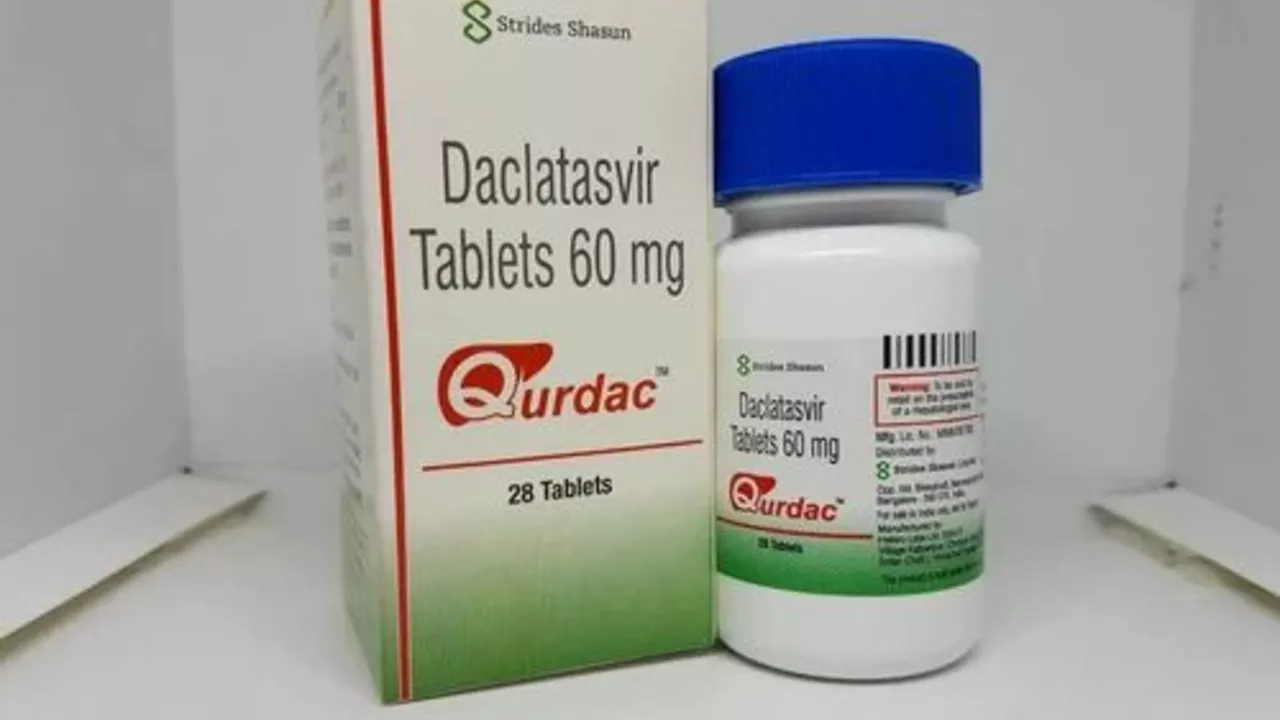Hepatitis C Treatment Guide: Cure Rates, Options & Tips
Did you know more than 70% of people with hepatitis C can be cured today? The cure comes from a handful of pills that target the virus directly. If you or someone you know is facing a diagnosis, knowing which drugs work best and how to handle them makes all the difference.
Direct‑Acting Antivirals (DAAs)
DAAs are the backbone of modern hepatitis C therapy. They block the virus’s ability to copy itself, stopping infection in its tracks. Common combos include sofosbuvir/ledipasvir (Harvoni) and glecaprevir/pibrentasvir (Mavyret). Most regimens run for 8‑12 weeks, and they’re taken once a day.
What makes DAAs stand out is their high cure rate—often above 95%—and fewer side effects compared to older interferon treatments. You don’t need weekly injections or the flu‑like aches that used to be standard. Before starting, your doctor will run a genotype test to pick the right combo for your virus strain.
Managing Side Effects and Costs
Even though DAAs are gentle, some people feel fatigue, headache, or mild nausea. These symptoms usually fade after the first week. Staying hydrated, eating small balanced meals, and getting enough sleep help smooth things out.
The price tag can be intimidating—full courses often range from $20,000 to $30,000 in the U.S. However, many insurance plans cover most of it, and pharmaceutical companies offer patient‑assistance programs that cut costs dramatically. It’s worth calling the drug’s manufacturer or checking websites like NeedyMeds for discount options.
Another practical tip: keep a medication log. Write down when you take each dose, any side effects, and how you feel overall. This record speeds up conversations with your healthcare provider and helps catch issues early.
If you have liver cirrhosis or other health conditions, your doctor might adjust the treatment length or add ribavirin to boost effectiveness. Never self‑medicate; a proper medical evaluation ensures you get the safest, most effective plan.
Finally, after finishing therapy, get a follow‑up blood test called an SVR12 (sustained virologic response at 12 weeks). A negative result confirms the virus is gone and that you’re officially cured.
Bottom line: modern hepatitis C treatment is short, highly effective, and manageable. With the right drug combo, a bit of preparation for side effects, and help navigating costs, getting rid of the virus is well within reach.
Daclatasvir and the Role of Supportive Care in Hepatitis C Treatment
Hey there, health enthusiasts! Buckle up as we zoom into the medical sphere to talk about Daclatasvir – a real game-changer in Hepatitis C treatment. This phenomenal drug, like a superhero in a lab coat, swoops in to fight the Hepatitis C virus, leaving it weaker and easier to defeat. But, our superhero doesn't work alone! Supportive care plays the role of its trusty sidekick, helping manage those pesky side effects and bolstering overall health. So, when Daclatasvir and supportive care team up, they're like the dynamic duo of Hepatitis C treatment, helping patients to kick that virus right out of the park. Stay healthy, folks!
read more

